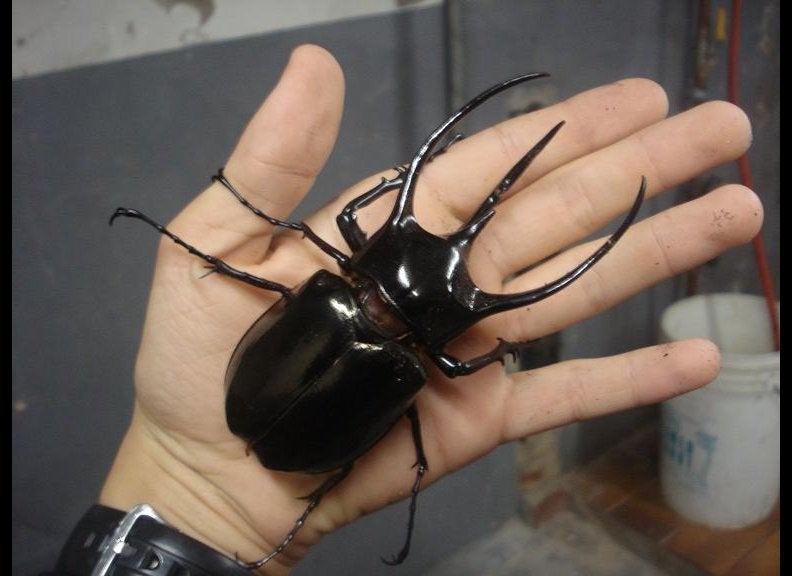Researchers from multiple institutions have come together to publish Earth's most complete family tree to date, illustrating the evolutionary relationships between about 2.3 million named species of lifeforms over the course of roughly 3.5 billion years on the planet.
From insects to animals to microbes to humans, it's an extraordinary representation of known Earthlings, collected altogether on a single tree diagram.
"This is the first real attempt to connect the dots and put it all together," Karen Cranston, a principal investigator for the project from Duke University, said in a statement. "Think of it as Version 1.0."

While exhaustive, scientists still have a long way to go. That's because it's believed there are currently about 8.7 million species on the planet today and countless others from Earth's past that are yet to be catalogued.
In an effort to expand the tree even further over time, the researchers, who collaborated from 11 institutions, have put their work online at Open Tree of Life -- a massive and open-access digital depository where anyone can download, view and edit the tree -- a kind of "Wikipedia" for evolutionary trees.
As new research turns up new species, the hope is that scientists will be able to update and revise the tree with their new data.
The data within this "first draft" family tree is not new, that's because it is comprised of nearly 500 smaller trees that had been previously published in various studies over the years. But it is the first time that all that information has been combined into a single "supertree" and made widely available to the public for free.
The tree and more information about the project were first published over the weekend in the journal Proceedings of the National Academy of Sciences. It was supported by a multi-year grant from the U.S National Science Foundation.
"Twenty five years ago people said this goal of huge trees was impossible," said Douglas Soltis, a principal investigator on the project from the University of Florida. "The Open Tree of Life is an important starting point that other investigators can now refine and improve for decades to come."

